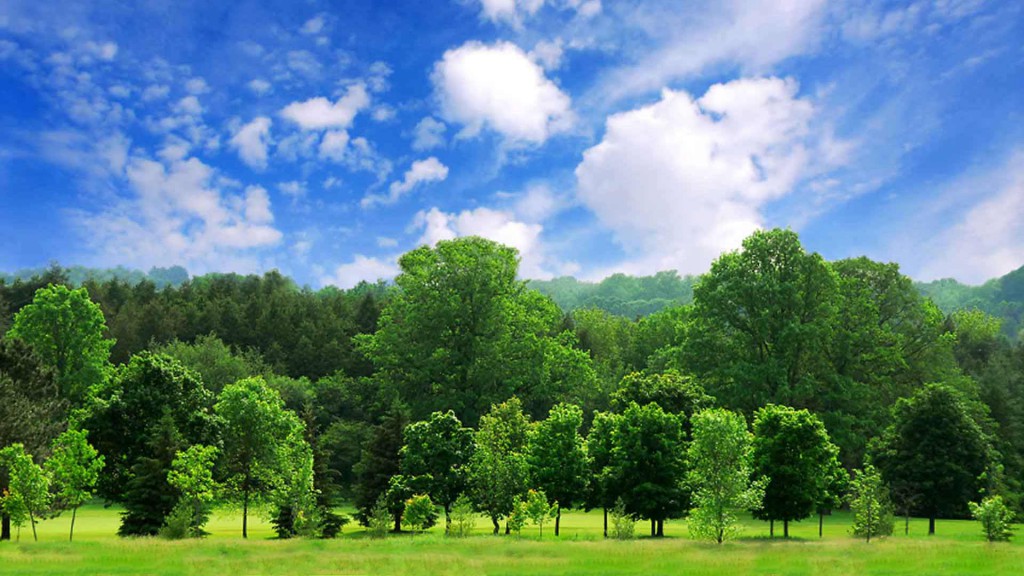The following post was written by the very talented Jessica Choi, a Marketing Associate at Shoplet.com. While it’s a first for us to post a guest column, we’d be thrilled to receive others from any of our valuable customers, be they an independent law firm, medium sized non-profit, or large office products dealer!
For more on Mrs. Choi, you can see her in these video clips.
“Paperless” is the granola-cruncher’s marketing buzz word. Paperless offices, schools and all-around lifestyles are applauded as both eco-positive and technologically stylish. In this modern age, paper has almost all been replaced by tablet screens & internet-driven cloud sharing modules. A paper-free world has been a documented dream of electronic visionaries as early as 1975.
To be completely fair, the argument to go paperless is well intended. Going paperless will help save more trees, we soothingly tell ourselves. But going paperless is not as environmentally conducive as we are naturally apt to think. Let’s explore the other argument and why you should use more paper. It is worthwhile to note; the paper industry is far more committed to protecting and preserving our environment than it is to destroying it.
The Forest Stewardship Council (FSC) certified tree farmers, responsible for manufacturing FSC-Certified paper, are self-proclaimed environmentalists, planting 3-4 times more trees than they harvest (that’s an average of 4 million trees planted per day!). Currently, thanks to updated forestry regulations, there are more trees in America than there were 100 years ago! And, rest assured, tree farmers do not harvest trees that are home to our wildlife friends, effectively preserving the biodiversity that paperless supporters claim are endangered by paper production.
As our nation continues to champion the paperless movement, tree farmers suffer. Private landowners supply 90% of the wood harvested in the US, but when we slacken our demand on trees (AKA “go paperless”), tree farmers turn to other sources of revenue- and such sources are often developers, who (regrettably) intend to “pave paradise and put up a parking lot.” Once a forest has been decimated for the sake of erecting another Wal-Mart, it’s hugely unlikely for that land to ever see another seedling planted again.
Trees provide us with a slice of hope in our battle against the threats of climate change. One acre of forest absorbs 6 tons of carbon dioxide and releases 4 tons of oxygen. So, why are we beating our chests over going paperless, when fueling our paper production, in turn, saves more trees and protects us against climate change?
With so many organizations going paperless, including green leaders like the World Wildlife Fund (WWF), it might be somewhat of a challenge for many to embrace the paper industry as environmentally sound- and that’s totally understandable. For those who are struggling, we suggest you try thinking of trees you would a crop: in the same way that purchasing & eating carrots prompts a carrot farmer to plant more carrots, purchasing and using paper prompts a tree farmer to plant more trees. Unlike fossil fuels, which take millions of years to make, a seedling sprouts into a matured tree within fifteen to twenty years. This means that the production of paper does not “kill trees,” nor does it further deplete our planet of a limited resource. Just remember, to recycle your paper!
No more holding your breath, the next time you click “Print!” Use paper and the trees will hug you back!
